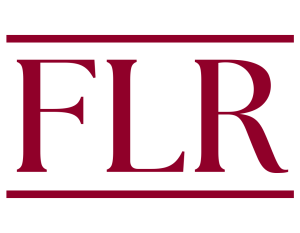Trade secret law arose to help companies protect confidential information (e.g., the Coca-Cola formula) from competitors seeking to copy their innovative efforts. But companies increasingly use trade secret law to block a wide swath of information from the scrutinizing eyes of consumers, public watchdog groups, and potential improvers. Companies can do this, in part, because trade secret law lacks clear limiting doctrines that consider the social benefits of unauthorized use. For example, trade secret law makes no allowance for the departing employee that uses proprietary information to create a substantially improved product or disclose public health risks.
This Article argues that trade secret law’s indifference to the social benefits of unauthorized use stands in contrast to other intellectual property doctrines, like patent and copyright. Copyright law incorporates the affirmative defense of “fair use,” which aims to protect a variety of unauthorized but socially beneficial uses of another’s copyrighted work (e.g., educational uses). To a lesser extent, patent law’s reverse doctrine of equivalents and remedies analysis direct courts to consider the social benefits of a defendant’s technological improvement. Such limiting doctrines act as safety valves to reconcile intellectual property rights with competing cumulative innovation and First Amendment interests. This Article demonstrates the merits of a similar safety valve in trade secret law and argues that courts should adopt a multi-factor “trade secret fair use” analysis to better address these competing concerns.

